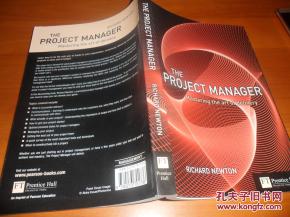Introduction:
Fishing, an age-old pastime, has captivated anglers worldwide with its serene allure and the thrill of the catch. One of the fundamental skills in fishing is mastering the art of using fishing hooks. A well-placed hook can mean the difference between a successful day on the water and a fruitless endeavor. In this article, we will delve into the intricacies of fishing hook techniques, providing you with a comprehensive guide on how to learn and improve your hooking skills.
Understanding the Basics:
Before diving into the techniques, it's essential to understand the basics of fishing hooks. A fishing hook is a barbed, pointed tool designed to hold bait or lures and catch fish. There are various types of hooks, each suited for different fishing scenarios and species.
- Jig Hooks: Ideal for bottom fishing, these hooks have a wide gap and are perfect for attaching live bait or soft plastics.
- Screw-in Hooks: These hooks have a smaller gap and are designed for attaching lures or artificial baits.
- Circle Hooks: Known for their reduced catch-and-release mortality rate, these hooks are shaped like a circle and are great for catching larger fish.
- Treble Hooks: Consisting of three hooks attached to a single shank, these hooks are versatile and increase the chances of a fish taking the bait.
Selecting the Right Hook:
The first step in mastering fishing hook techniques is selecting the right hook for your fishing situation. Consider the following factors:

- Fish Species: Different species of fish have different mouth shapes and sizes. Choose a hook size that matches the size of the bait and the species you are targeting.
- Bait Type: Live bait, artificial lures, or soft plastics? The type of bait you're using will influence the type of hook you need.
- Water Conditions: Clear water may require finer hooks to avoid spooking fish, while murky water might call for larger hooks.
Hooking Techniques:
Once you've selected the appropriate hook, it's time to learn the techniques for successful hooking:
Live Bait Hooking:
- Place the hook through the bait, ensuring it's secure and won't easily come off.
- For live bait like worms or leeches, thread the hook through the mouth and out the other side.
- For larger live bait like shad or minnows, insert the hook through the mouth and out the gills or through the back.
Artificial Lure Hooking:
- Soft plastics: Insert the hook through the body of the lure, ensuring it's well seated.
- Hard baits: Depending on the bait, you may need to insert the hook through the mouth, eyes, or back.
- Jigs: Position the hook at the head of the jig and ensure it's securely attached.
Rigging Techniques:
- Single Hook Rig: Use a single hook with a leader and swivel to prevent tangles.
- Double Hook Rig: Great for live bait fishing, this rig uses two hooks spaced apart to ensure a good hook-up.
- Carolina Rig: Ideal for deep-water fishing, this rig involves a weight, swivel, leader, and a single hook.
Improving Your Hooking Skills:
- Practice: Like any skill, practice is key. Spend time practicing different hooking techniques with various baits and lures.
- Watch and Learn: Observe experienced anglers and learn from their techniques. Many fishing forums and YouTube channels offer valuable insights.
- Experiment: Don't be afraid to experiment with different hooking techniques and riggings to see what works best for your fishing style.
Conclusion:
Mastering the art of fishing hook techniques is a crucial aspect of becoming a skilled angler. By understanding the basics, selecting the right hook, and practicing various hooking techniques, you'll be well on your way to enjoying more successful fishing trips. Remember, patience and persistence are key, and with time, you'll develop a refined hooking skill that will enhance your fishing experience. Happy fishing!












